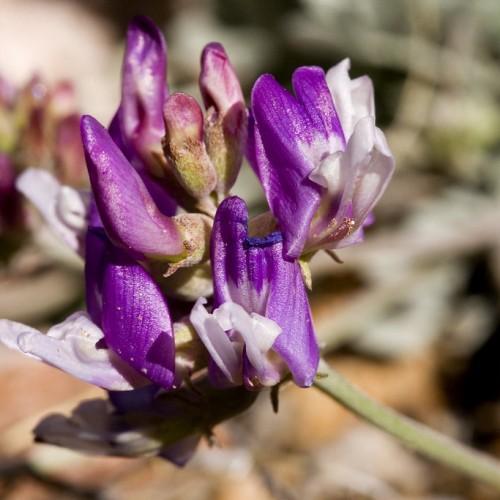
Missouri Milk Vetch
Astragalus missouriensis var. missouriensis
Watering:
Minimal
Hardiness Zone:
Sun:
full sun,part shade
Fruits:
Fruits Ready In Fall
Leaf:
Yes
Growth Rate:
Low
Drought Tolerant:
Yes
Salt Tolerant:
Yes
Care Level:
Medium
watering
Timber Milkvetch should be watered when the soil begins to dry at the top, usually every 2-to-3 weeks. During hot, dry weather, it may need to be watered more frequently. When watering, add water until the soil is thoroughly saturated, and then allow it to dry before watering again. Too much water can lead to root rot, so make sure that the soil has a chance to drain before watering again.
sunlight
Timber Milkvetch (Astragalus miser var. miser) is native to the US Southwest, and thrives in habitat that receives full sun during the winter months. During the spring and summer, Timber Milkvetch typically requires 4 to 6 hours of direct sunlight each day. During the fall, up to 8 hours of direct sunlight is optimal. Areas of partial shade during all 3 periods of the year, however, are also beneficial to the species.
pruning
Timber Milkvetch (Astragalus miser var. miser) requires pruning once a year in late winter or early spring, before buds break dormancy. Pruning should be done with the intention of opening up the center of the plant while leaving a symmetrical shape. This will help with airflow and reduce the risk of disease and pest infestations. Remove any dead, diseased, damaged, or crossing branches. Leave only healthy branches that are evenly distributed around the plant's crown. After pruning is complete, spread nutrient-rich compost around the base of the plant to encourage healthy growth.
